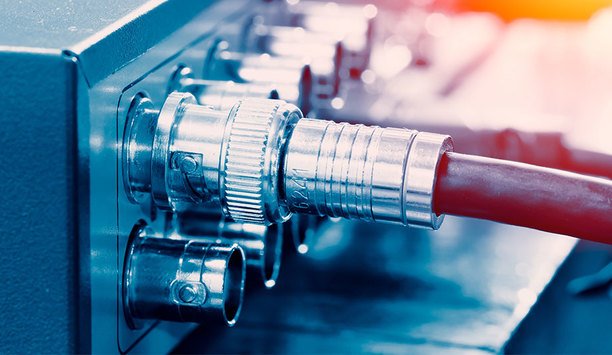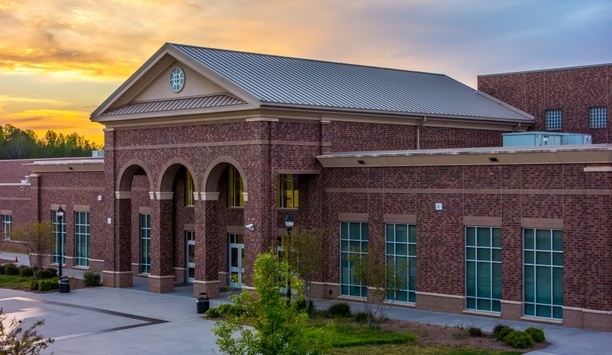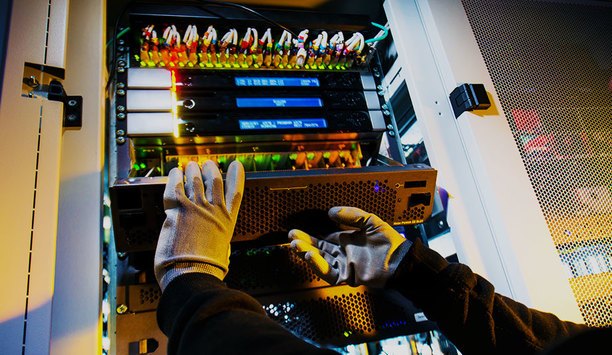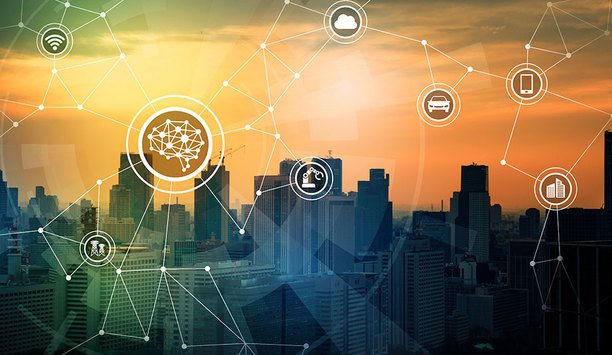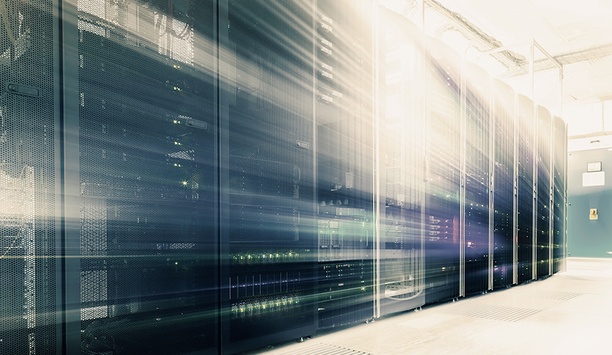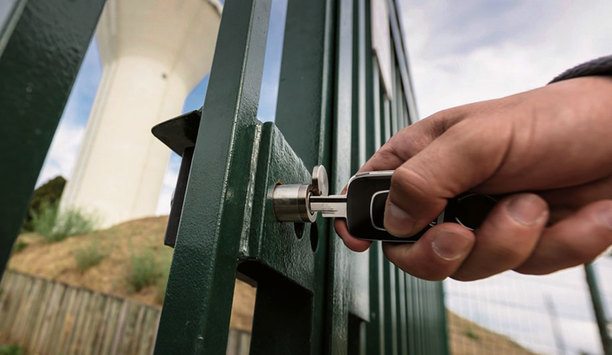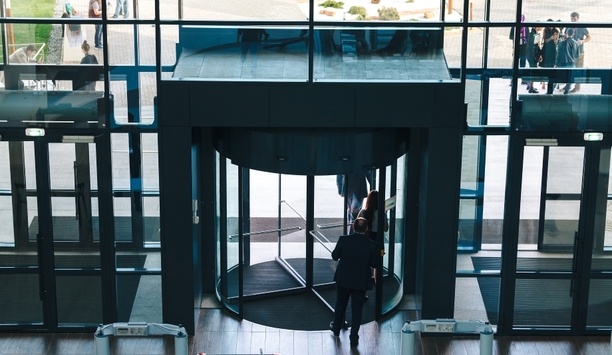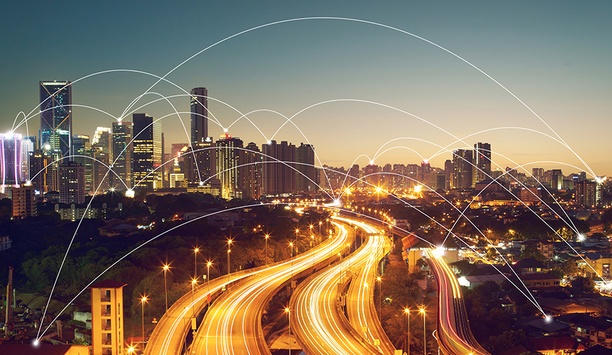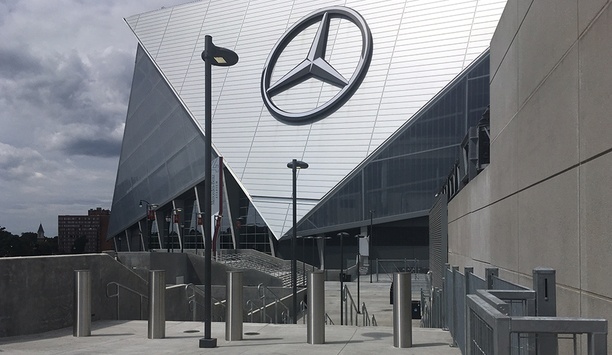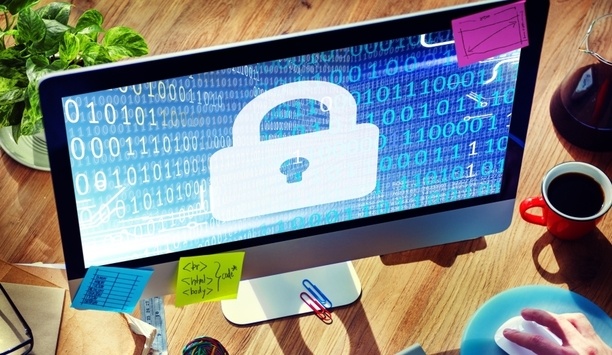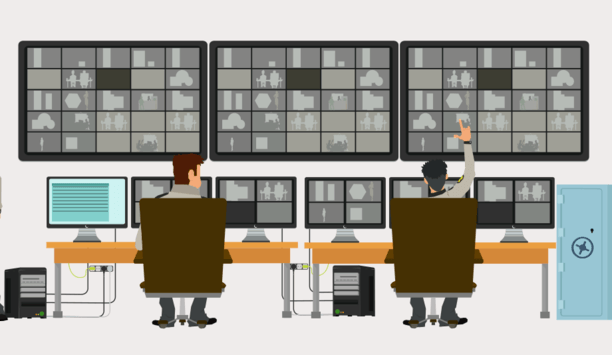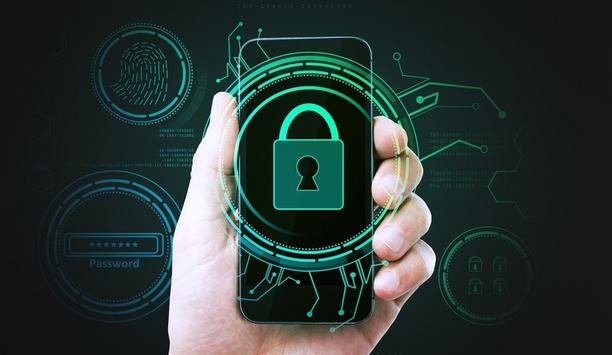Physical security - Expert commentary
According to IHS Market, it is estimated that there are over 60 million security cameras in the United States, and other reports say these cameras capture more than four billion hours of footage per week. Over the last decade, IP camera technology has dominated the conversation as it has provided users with a broad offering of enhanced image quality and features. With a large percentage of existing security systems relying on analogue, many end users looking for high definition (HD) video qual...
If you’ve been paying attention over the last twelve months, you will have noticed that deep learning techniques and artificial intelligence (AI) are making waves in the physical security market, with manufacturers eagerly adopting these buzzwords at the industry's biggest trade shows. With all the hype, security professionals are curious to know what these terms really mean, and how these technologies can boost real-world security system performance. The growing number of appli...
Schools today are charged to provide an environment that is both safe and conducive to learning, which can be difficult considering the range of security incidents and challenges they face, including bullying, fights, graffiti, theft and more. In addition to working within often tight budgetary constraints, a main challenge is to provide the highest level of security in an aesthetically pleasing way that doesn’t make students feel as if they are in prison. While these two needs may seem...
Security teams at casinos and gaming facilities are challenged daily to balance a welcoming and guest-focused attitude with a firm and capable presence to prevent and handle security issues, manage surveillance and security systems, and protect employees, guests, and assets. And all of this needs to be accomplished while complying with strict gaming regulations. An experienced security systems integrator can assist you with many of those challenges, including the very important job of ensuring...
The physical security industry is rapidly changing, ever evolving, and one that is growing faster than most other sectors of the greater global market. The latest research shows that the forecasted growth rates will be a compound average growth rate (CAGR) of 7.2% and a total market revenue opportunity of $41.27B through 2022. These economic indicators make the industry a very attractive investment for entrepreneurs and for investment from large corporations from other industries. At ISC West...
Dollars spent by video surveillance customers must go towards ensuring high-availability capture, storage and on-demand access to live and archived video. Reaching this goal mandates high-availability of independent components – camera, network, storage (edge, external), internet connectivity, display, all Video Management Software (VMS) components and an architecture that can take advantage of this. In this note, we focus on seeing our way through to a video surveillance architecture, t...
With the recent tragic events in Florida, it’s evident that schools require more tools to help ensure their students’ safety. With that, school and municipal officials all over the country are looking for more advanced ways to combat gun violence. While there is no perfect solution for the myriad of threats and emergencies with which our schools are confronted, many have looked to technology to help improve communications before, during and after incidents. For schools across the...
With the ever-growing availability of video data thanks to the low cost of high-resolution video cameras and storage, artificial intelligence (AI) and deep learning analytics now have become a necessity for the physical security industry, including access control and intrusion detection. Minimising human error and false positives are the key motivations for applying AI technologies in the security industry. What is artificial intelligence? Artificial intelligence is the ability of machines to...
Over the course of the past few months, I have discussed a myriad of topics, from Big Data, the Internet of Things and emerging video surveillance-use cases, to analytics, storage complexities and IT technologies like virtualisation and hyperconverged infrastructure (HCI). All of these trends have a significant effect on the security market, and in April they were highlighted in spades at ISC West. It’s great to talk about these trends but it’s far better to see how they are being l...
Small business owners work hard. They are often the first ones there in the morning and the last to leave at night. Even then, they likely bring their work home with them. During that time, everything they do is aimed at making their business as successful as possible. Because of this, many business owners don’t take vacations, and if they do, they spend a lot of time worrying about their business while they’re away. In both cases, the potential for burnout is tremendously high. Th...
Despite the huge amount of video data collected, statistics show that only 10 percent of data is ever used and most loses its value within seconds of being generated. Why use such a limited amount of data? Many security organisations are focused on delivering the right information in case of an emergency or providing the correct evidence after a criminal act. Yet the fact is, a new video security system can be a large investment. Together with the service, maintenance and management costs assoc...
Until recently, the convenience and security of “smart” electronic locks have been exclusively enjoyed by owners of homes, with renters largely being left out in the cold. Locked out by the temporary nature of their living arrangement, and not allowed to make structural changes to their temporary abodes, these renters have been unable to enjoy the many benefits of these connected devices. But today, smart lock capabilities are becoming available to renters and rental property owners...
When asked about what the market should be thinking about in 2018, I am left offering an answer that serves as an urgent call to action: prepare yourself for change! The security industry is soon likely to see a dramatic shift from the traditional segmentation of commercial and residential security. Smart phones, mobile technologies, cloud computing, and having everything provided ‘as a service’ in peoples’ lives means users of buildings have a new set of expectations. In many...
The year 2017 saw some of the worst natural disasters in North America, with Hurricanes Harvey and Irma wreaking havoc on Houston, Texas, and the Caribbean with force of which we haven’t seen before. While many people chose to evacuate these areas, many were left to deal with the devastation and first responders had the difficult job of assessing the damage, rescuing trapped victims and delivering food and supplies. AI-enabled drones and robotics to assess damage In addition, more than 1...
Throughout the UK there are many examples of smart city transformation, with key industries including transport, energy, water and waste becoming increasingly ‘smart’. A smart city is a one that uses information and communication technologies to increase operational efficiency, share information with the public and improve both the quality of government services and resident welfare. Smart access is an important step forward in providing technologically advanced security manag...
Today’s security professionals are tasked with protecting the entirety of a facility or campus from every possible threat. It’s a big task, given the range of solutions available; from cybersecurity to prevent hacking, to video surveillance to monitor the goings-on within the facility, to the physical security of the building itself. For most businesses and schools, keeping the entrances and exits to a building secure is an extremely high priority—when an individual cannot ge...
Most cities have at very least a plan and in most cases an existing program to make themselves safe cities. Increasingly, cities around the world are transitioning to become smart cities: urban areas where security solutions work in unison with other systems, extending the benefits of technology beyond security and into other city operations. Whilst this transformation has yet to become a widespread the next crucial transition—from smart city to cognitive city—is already appearing...
There was a time when one of our biggest challenges was securing our physical assets, whether that was our people or our property from crime. We researched and deployed the very latest in video solutions, intrusion systems, fire alarms and access control devices, all in an effort to keep the bad guys out and the good guys safe, along with protecting our facilities from break-ins, robberies and countless other crimes. However, times are changing. No longer must we only be concerned about keepin...
In today's world of heightened security threats, the Internet of Things (IoT) and the availability of overwhelming amounts of data, comprehensively securing a single small facility is no easy task. Enterprise organisations tend to face even greater challenges when it comes to safety, as multiple people scattered throughout separate locations aiming to collaboratively respond to situations can easily become complicated. Individual buildings, divisions and branches of a large and/or global ente...
Atlanta’s new $1.5 billion stadium, home to the NFL Atlanta Falcons football team and MLS Atlanta United football club and site of the recent NCAA national college football championship, is protecting fans, personnel and athletes from terrorists and errant drivers from using vehicles as weapons. While the threat of terrorists planning to attack soft targets, such as stadiums increases, stadium security professionals, such as those at the new Mercedes-Benz Stadium, must look for the weak p...
PenTesting, also known as “ethical hacking” or “white-hat hacking,” has always been viewed as the “sexy” side of cybersecurity, a task that is far more exciting than monitoring systems for intrusions, shoring up defenses, or performing compliance audits. Numerous security conferences are devoted to the fine art of attempting to hack into systems – with an owner’s full knowledge and permission – and reporting on the results. At an organisat...
The way we purchase services and products is changing. The traditional concept of buying and owning a product is giving way to the idea that it is possible to purchase the services it offers instead. This approach has come from the consumer realisation that it is the outcome that is important rather than the tools to achieve it. For example, this approach is evident with the rise of music streaming services as opposed to downloads or physical products. With the physical...
Organisations across the world face a new risk paradigm: one that encompasses cyber and physical threats. We’ve heard the stories associated with ATM skimming, identity theft, data breaches, scams, and phishing. Large financial services organisations are often the victim of hackers looking to steal corporate information and transactional data or funds, and criminals continue to become more sophisticated in their approach. Growth in cyber-attacks Additionally, cyber-threats have taken a...
The Food Standards Agency (FSA) in the UK has begun investigations into meat wholesalers after a raise in concern for food hygiene. This investigation has impacted businesses such as Wetherspoons, as well as schools and care homes up and down the country. Consumers are beginning to lose trust in businesses that are supplied by untrustworthy production companies and it seems to be becoming more common, if we are to look back to the horse meat scandal in 2013. But what are the benefits of havin...
Fly-tipping – the illegal act of dumping large amounts of waste on unlicensed land without authorisation – occurs on both private and business land and can be a real annoyance to those in the UK. Items that fall under the banner of fly-tipping include tyres, mattresses, beds, garden waste, and construction rubbish. Unfortunately, the property owner will be responsible if somebody dumps their rubbish. Although this seems unfair, following some basic steps will help handle the proble...
Until recently, data laws have differed from one country to the next. This meant that for those organisations conducting business or protecting assets abroad, they needed to localise both their infrastructure and policies dependant on the country they were operating in. However, with the impending arrival of the EU GDPR (General Data Protection Regulation), which comes in to force on the 25th May this year, all of that will need to change. Data management in CCTV surveillance Surprisingly, des...
2017 saw an opportunity for the economy to have a strong stock market, which provided companies confidence to invest in and update their infrastructure. This included many replacing older access control systems and moving to more integrated solutions for better connectivity between all security-related systems. We anticipate commercial businesses to invest in infrastructure, which will include security systems and technologies. Each year there is an increase in random violent incidents, w...
Consumer confidence is its highest in a long time, and the unemployment rate is very low. This confidence in the economy is spurring investment in new facilities and expansion of facilities, and that’s driving security industry growth. Workplace violence issue Against this backdrop, another factor is on the rise and it’s not good: More violence in the workplace, possibly more than ever before. This is causing a shift in security strategy: the C-suite is increasingly less intereste...
There are many notable trends on the horizon for the physical security and surveillance industry. In the growing area of low-latency live video streaming applications, we will see the continued move to HTML5 playback. For the security industry, live video streaming is an enabling technology that provides many opportunities for dealers and integrators to leverage additional services for the customers. Flash’s loss, HTML5’s gain To be effective, the technology ne...
The record-breaking attendance at the 2017 industry trade shows was a clear indication of a growing need for and interest in security. While cybersecurity was a main theme, with encryption and automatic-updating technology taking centre stage, customised solutions and visible examples of increased manufacturer’s support were also highlighted. These latter two are interwoven through activities such as manufacturer’s training seminars that highlight the advanced f...
One system, one card
DownloadAligning physical and cyber defence for total protection
DownloadUnderstanding AI-powered video analytics
DownloadEnhancing physical access control using a self-service model
DownloadHow to implement a physical security strategy with privacy in mind
Download